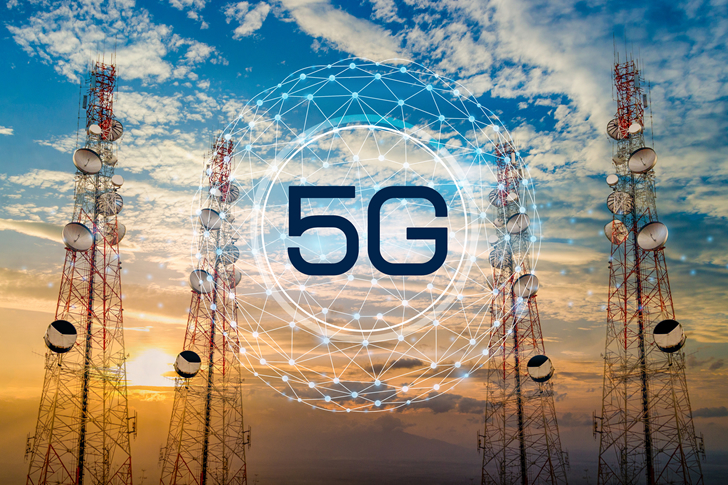The Essential Guide to 5G Towers: Technology and Deployment
The rollout of 5G technology marks a significant advancement in mobile and wireless communications, promising faster speeds, lower latency, and increased connectivity for billions of devices. Central to this technological leap are 5G towers, which are pivotal in supporting the network infrastructure. This article delves into the essential aspects of 5G towers, how they function, and the benefits they bring, providing a guide for those interested in the technological and practical implications of this new generation of wireless technology.

What are 5G Towers?
5G towers are not fundamentally different in appearance from their predecessors that supported earlier network generations like 4G and 3G. However, they are equipped with more advanced technology and are capable of supporting higher frequency bands, which are crucial for the faster speeds and increased bandwidth that 5G promises.
The Technology Behind 5G Towers
5G technology uses three main band spectrums: low, mid, and high. Each range serves different purposes:
- Low-band spectrum provides extensive coverage but at relatively lower speeds.
- Mid-band spectrum offers a balance between speed and coverage.
- High-band spectrum, also known as millimeter waves, provides the highest speeds but has limited coverage and penetration capabilities.
The deployment of 5G towers is more dense than previous networks because high-band frequencies require closer proximity to maintain a strong connection. This density ensures that urban areas, in particular, can achieve the high speeds promised by 5G.
Deployment and Expansion
The rollout of 5G is a massive infrastructural endeavor. In the United States, major carriers like Verizon, AT&T, and T-Mobile have committed billions of dollars to develop and expand their 5G networks. The deployment strategy involves not only upgrading existing cell towers but also installing new ones, particularly small cells that are essential for urban areas.
How 5G Towers Differ from Earlier Generations
One of the distinguishing features of 5G towers is their ability to support massive machine-type communications (mMTC). This allows for an enormous number of devices to be connected simultaneously without a decline in performance. This capability is crucial for the Internet of Things (IoT), which is expected to explode in growth with the advent of 5G.
Environmental and Health Considerations
The deployment of 5G towers has raised concerns regarding environmental and health impacts. However, extensive research, including studies by the World Health Organization (WHO) and the International Commission on Non-Ionizing Radiation Protection (ICNIRP), has found no adverse health effects at the levels of exposure typical of 5G networks.
Benefits of 5G Towers
The benefits of 5G extend beyond just faster smartphones. Industries such as automotive, healthcare, and manufacturing stand to gain significantly from the enhanced capabilities of 5G. For instance, 5G can enable real-time remote surgery, autonomous driving, and more efficient manufacturing processes through improved connectivity and reliability.
Challenges and Future Prospects
While the potential of 5G is immense, the rollout is not without challenges. These include logistical issues related to the installation of thousands of new antennas, particularly in dense urban areas, and concerns over electromagnetic field exposure, despite existing research dispelling health risks.
Conclusion
The advent of 5G technology promises to revolutionize our digital lives, with 5G towers being a cornerstone of this next-generation network. As deployment accelerates globally, understanding the functionality, challenges, and immense benefits of these towers is crucial for businesses, policymakers, and consumers alike.







Recent Comments